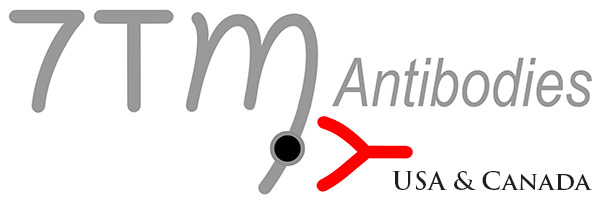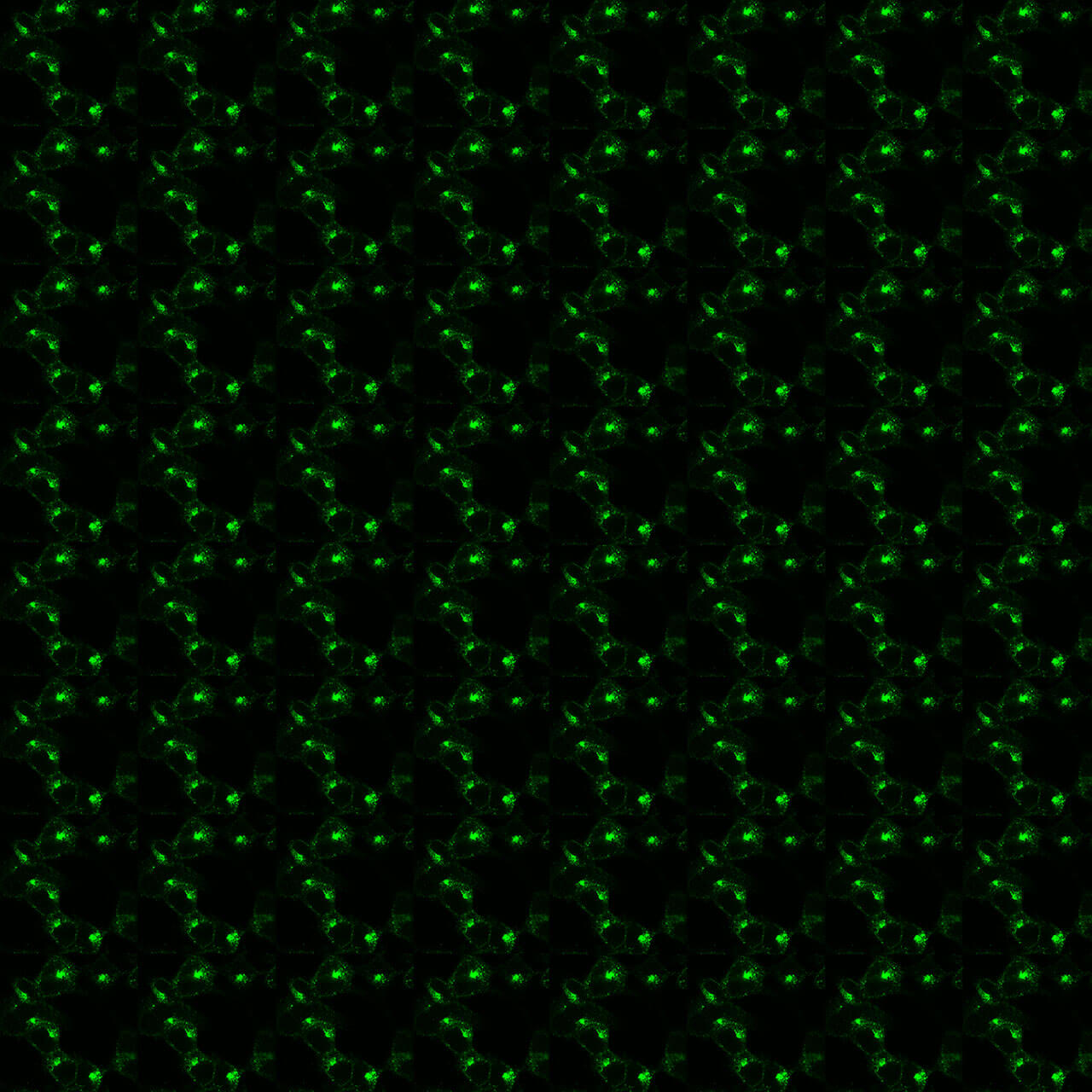No results were found for the filter!
NEW
 pS351/pS354-NPY2 Phosphorylation Assay Kit
pS351/pS354-NPY2 Phosphorylation Assay Kit The pS351/pS354-NPY2 Phosphorylation Assay Kit allows determination of NPY2 Phosphorylation in 96-well plates without the need for Western blot analysis.
$ 600.00 *
NEW
 pS354/pT356-NPY2 Phosphorylation Assay Kit
pS354/pT356-NPY2 Phosphorylation Assay Kit The pS354/pT356-NPY2 Phosphorylation Assay Kit allows determination of NPY2 Phosphorylation in 96-well plates without the need for Western blot analysis.
$ 600.00 *
NEW
 pS369/pS374-NPY2 Phosphorylation Assay Kit
pS369/pS374-NPY2 Phosphorylation Assay Kit The pS359/pS364-NPY2 Phosphorylation Assay Kit allows determination of NPY2 Phosphorylation in 96-well plates without the need for Western blot analysis.
$ 600.00 *
Recently viewed

